'Strawlines'
Fineline Architecture & Project Pātūtū
Aotearoa, New Zealand
When Māori arrived in Aotearoa New Zealand 800 years ago forests and wildlife were abundant. Timber, raupō, harakeke, and grasses were used for building but after 200 years of European colonisation those natural resources are seriously depleted and the vernacular landscape has changed. Large timber-framed houses with metal roofing and many imported materials are the prevailing norm. Yet there is a serious housing shortage, and the need to address the climate crisis is urgent. A shift towards (re)incorporating homegrown, carbon-sequestering materials like timber and straw is crucial. Strawlines proposes a sustainable housing solution, utilising the abundance of cereal grains in Te Waipounamu, NZ’s South Island.
| Architects | Magdalena Garbarczyk, Mathew Hay and Min Hall |
| Location | Te Waipounamu |
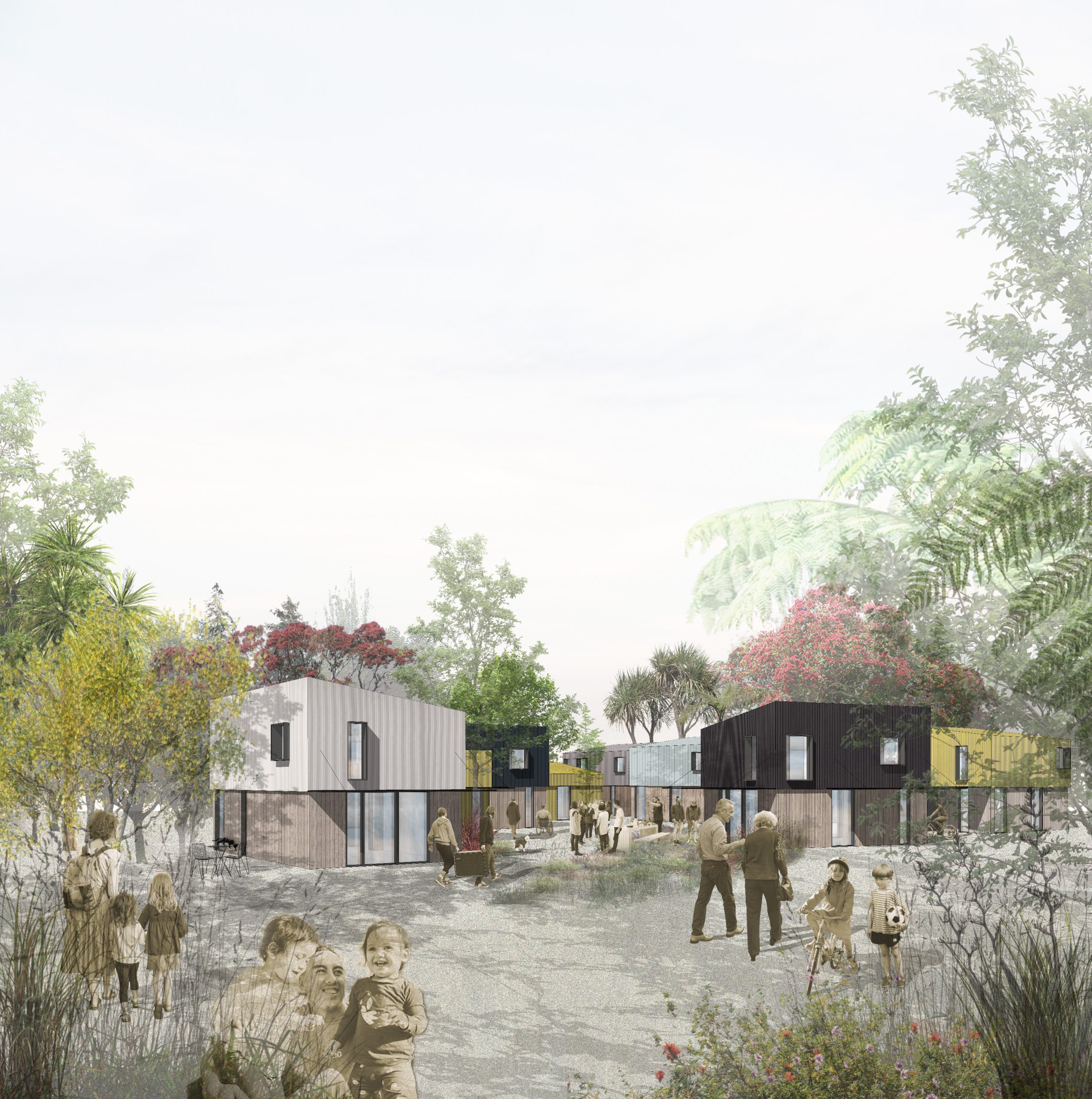
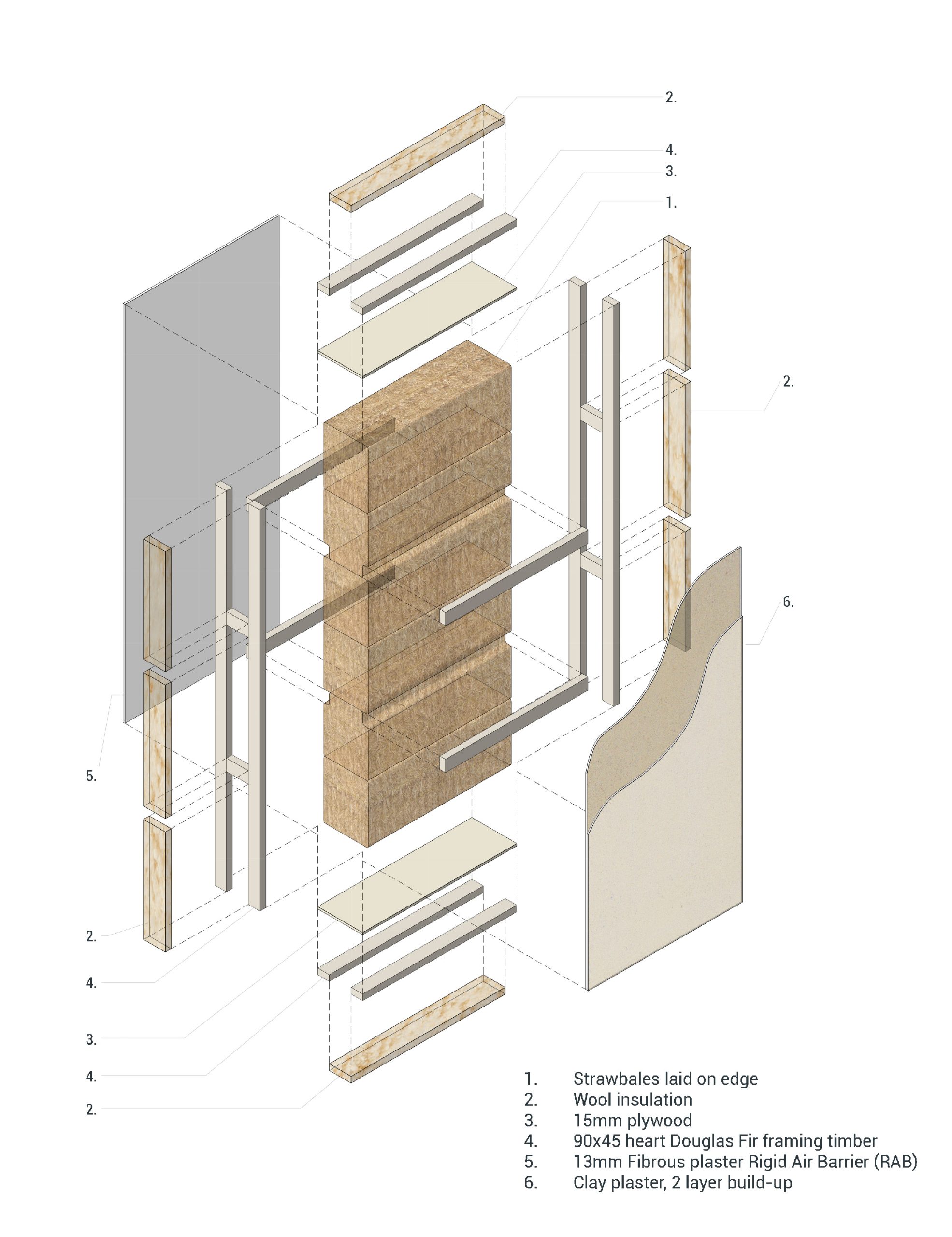
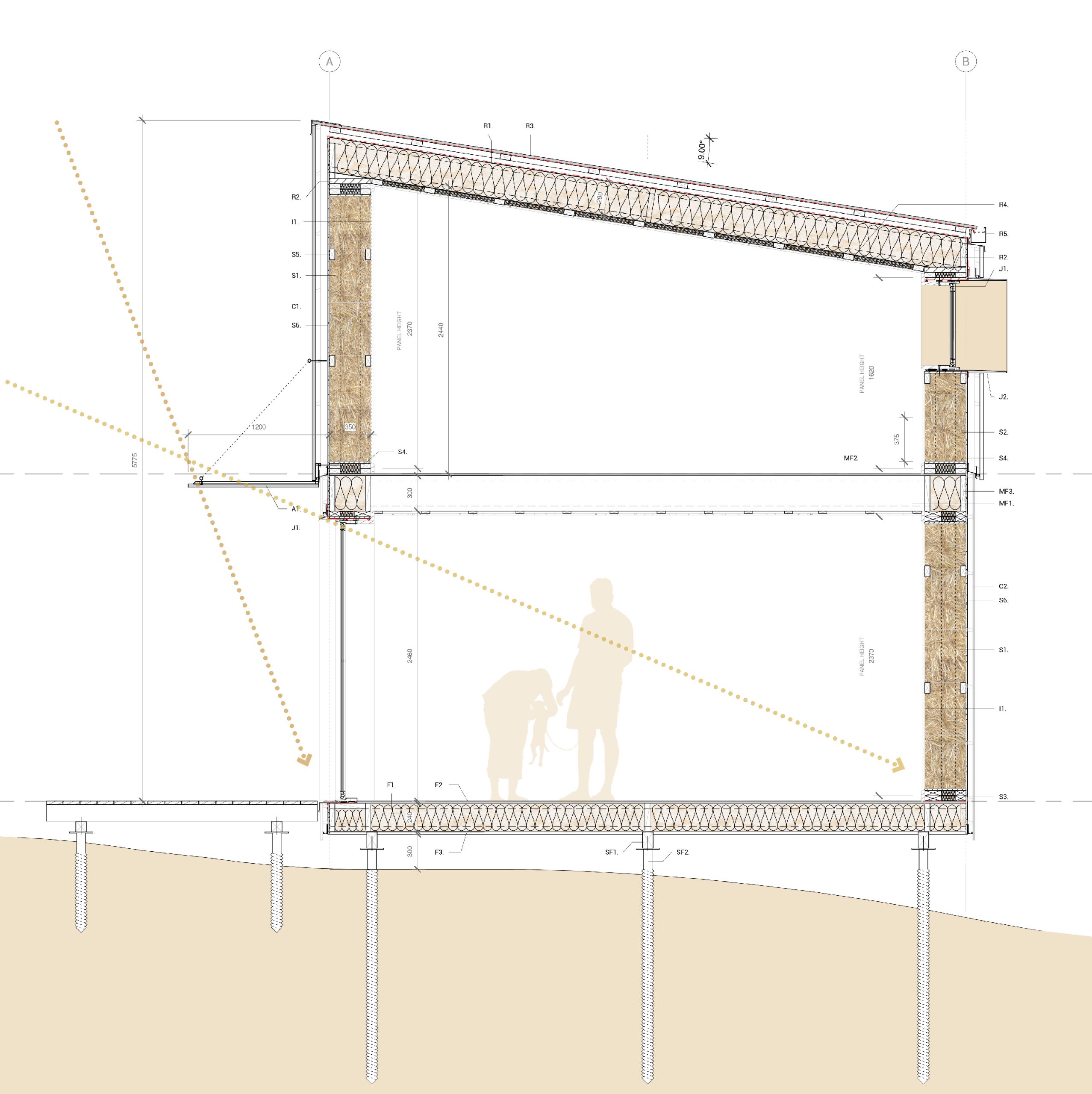
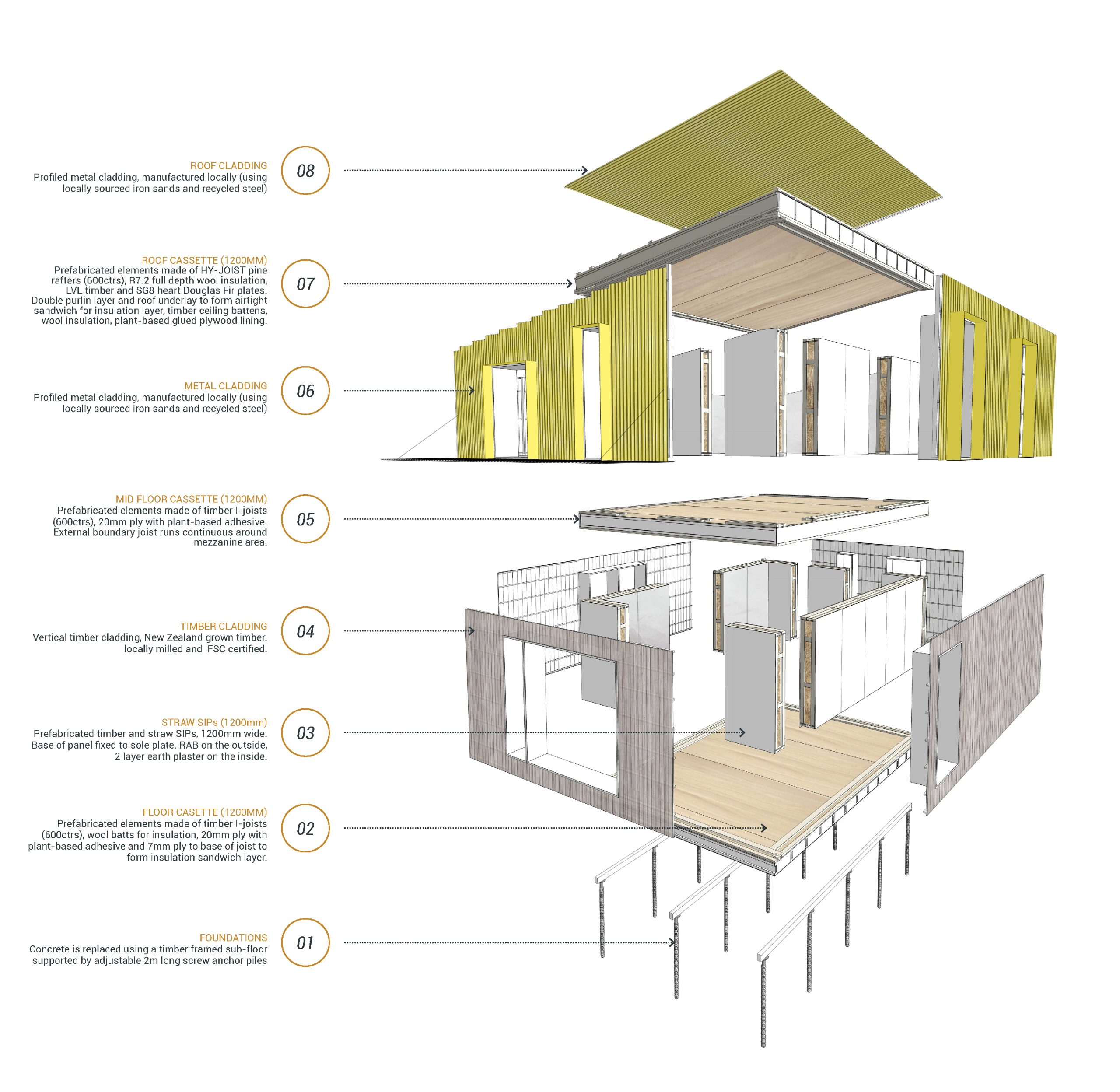

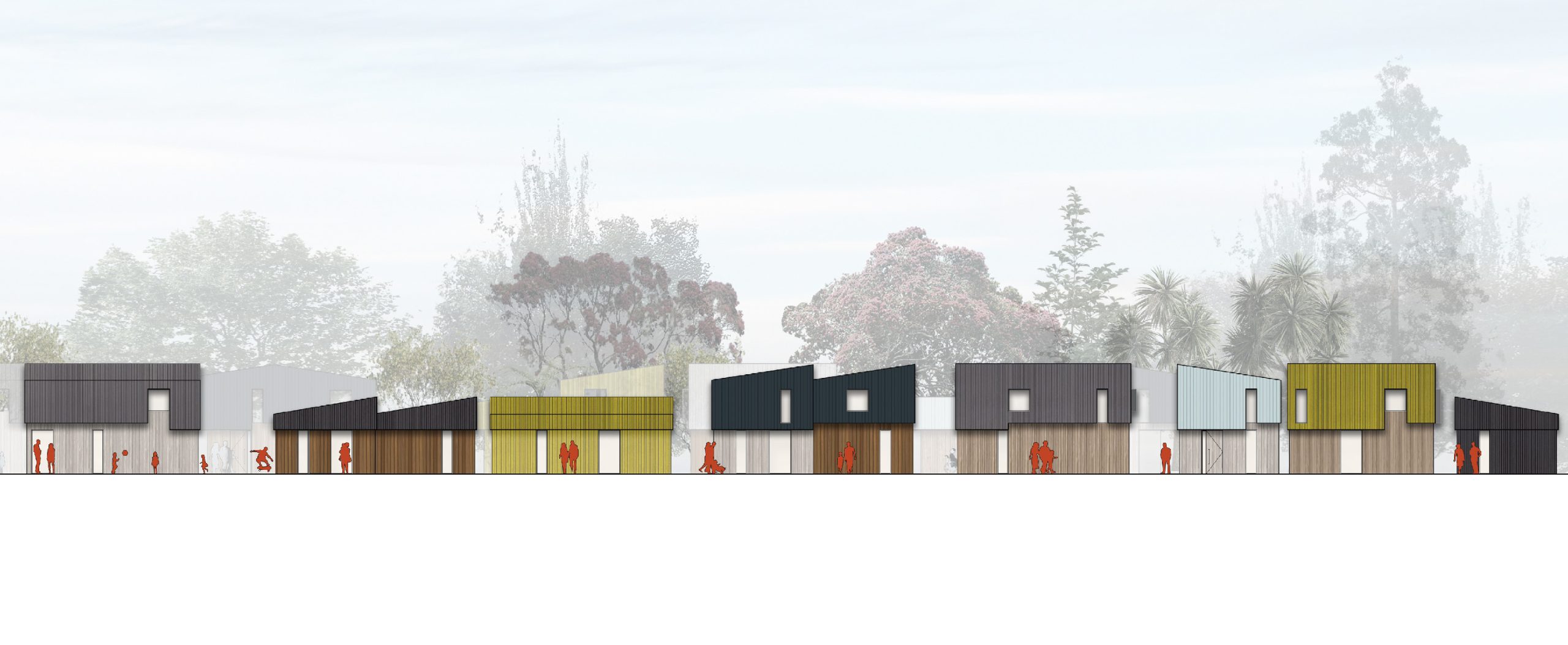
We have commenced local community engagement in Whakatū Nelson, presenting Strawlines in public forums and to community housing organisations. The feedback from the community highlights a strong desire to explore sustainable, low-carbon alternatives to existing unsustainable construction technologies. A key element of the feedback received has been numerous expressions of interest in building a prototype.
One particularly promising expression of interest has come from Te Āwhina Marae in Motueka, whose papakāinga [communal housing] is currently undergoing redevelopment.
The proposal to include a Strawlines prototype as part of this development would provide a valuable opportunity for the community to engage in the construction process, particularly in the fabrication and integration of the Pātūtū prefabricated straw and timber panels. This initiative would also facilitate the collection of vital research data in various stages, including design and construction as well as post-occupancy, such as cost, carbon footprint, construction time, hygrothermal performance, and more.
Importantly, the built prototype would offer a first-hand experience of a contemporary, compact dwelling with timber and straw walls, showcasing the possibilities of carbon-banking housing. It would serve as a tangible example of sustainable construction in the region, highlighting the benefits of using locally-sourced materials like straw in building projects.
Cereal grains have been cultivated in Aotearoa for over two centuries, yet the straw by-product of this industry is vastly undervalued. Despite being a readily available resource, only in the past 30 years has straw been utilised in construction, primarily in rural areas. Still, an estimated 20-40% of straw is burned each year.
In response to this wasteful practice, Strawlines has introduced a prefabricated straw and timber panel developed in Project Pātūtū, which not only provides excellent insulation but also sequesters carbon. Drawing inspiration from diverse building practices both in Aotearoa and abroad, Strawlines integrates straw as a locally-sourced material into the traditional timber frame vernacular.
Our concept is focused on sustainability and centred around community and intergenerational living, bi-cultural heritage, blended families, and household diversity. The intentionally compact yet contemporary houses function as carbon banks, utilising carbon sequestering timber and straw to offset materials with higher embodied carbon like metal and glass. The project also offers flexibility in cladding systems, making it adaptable to different environmental and economic contexts.
Strawlines presents a fresh and homegrown housing model that combines vernacular traditions with future-focused building practices, providing a way forward in response to the housing crisis and climate emergency.
